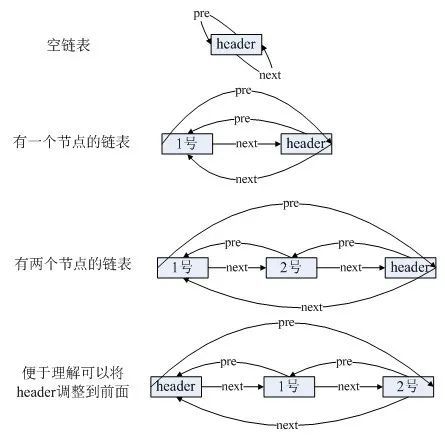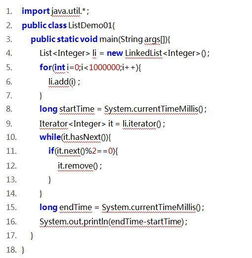Doubly Linked List: A Comprehensive Guide for Java Developers
Are you a Java developer looking to enhance your understanding of data structures? Have you ever wondered about the intricacies of a doubly linked list? If so, you’ve come to the right place. In this article, I’ll delve into the details of a doubly linked list, providing you with a multi-dimensional introduction that will help you grasp its concepts and applications effectively.
Understanding the Basics

A doubly linked list is a type of linked list where each node contains a reference to both the next and the previous node. This feature makes it different from a singly linked list, where a node only has a reference to the next node. The ability to traverse both directions makes doubly linked lists more versatile and efficient in certain scenarios.
Let’s start by understanding the basic components of a doubly linked list:
- Node: A node is the fundamental building block of a doubly linked list. It contains data and two references: one to the next node and another to the previous node.
- Head: The head node is the first node in the doubly linked list. It serves as the entry point for traversing the list.
- Tail: The tail node is the last node in the doubly linked list. It helps in efficient insertion and deletion operations at the end of the list.
Here’s a simple representation of a doubly linked list node in Java:
class Node { int data; Node next; Node prev; public Node(int data) { this.data = data; this.next = null; this.prev = null; }}Operations on Doubly Linked List

Now that we have a basic understanding of the components, let’s explore the various operations that can be performed on a doubly linked list:
Insertion
Insertion in a doubly linked list can be done in three ways:
- At the beginning: Insert a new node at the beginning of the list.
- At the end: Insert a new node at the end of the list.
- After a specific node: Insert a new node after a given node.
Here’s an example of inserting a node at the beginning of the list:
public void insertAtBeginning(Node newNode) { newNode.next = head; newNode.prev = null; if (head != null) { head.prev = newNode; } head = newNode;}Deletion
Deletion in a doubly linked list can also be performed in three ways:
- By value: Delete the first occurrence of a node with a given value.
- By position: Delete a node at a specific position.
- By node: Delete a specific node from the list.
Here’s an example of deleting a node by value:
public void deleteByValue(int value) { Node temp = head; while (temp != null) { if (temp.data == value) { if (temp.prev != null) { temp.prev.next = temp.next; } else { head = temp.next; } if (temp.next != null) { temp.next.prev = temp.prev; } return; } temp = temp.next; }}Traversal

Traversing a doubly linked list can be done in two directions:
- Forward: Traverse the list from the head to the tail.
- Backward: Traverse the list from the tail to the head.
Here’s an example of traversing the list in both directions:
public void traverseForward() { Node temp = head; while (temp != null) { System.out.print(temp.data + " "); temp = temp.next; } System.out.println();}public void traverseBackward() { Node temp = tail; while (temp != null) { System.out.print(temp.data + " "); temp = temp.prev; } System.out.println();}














